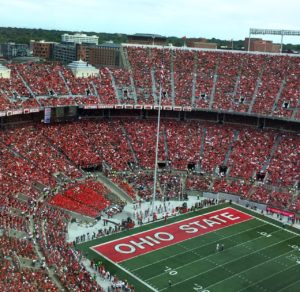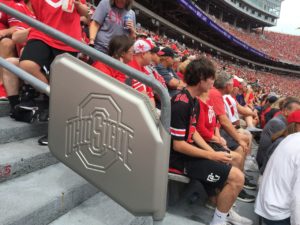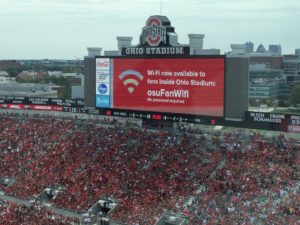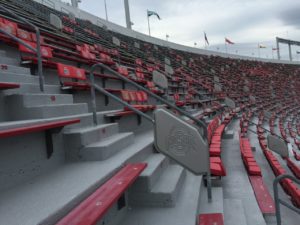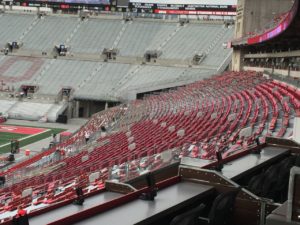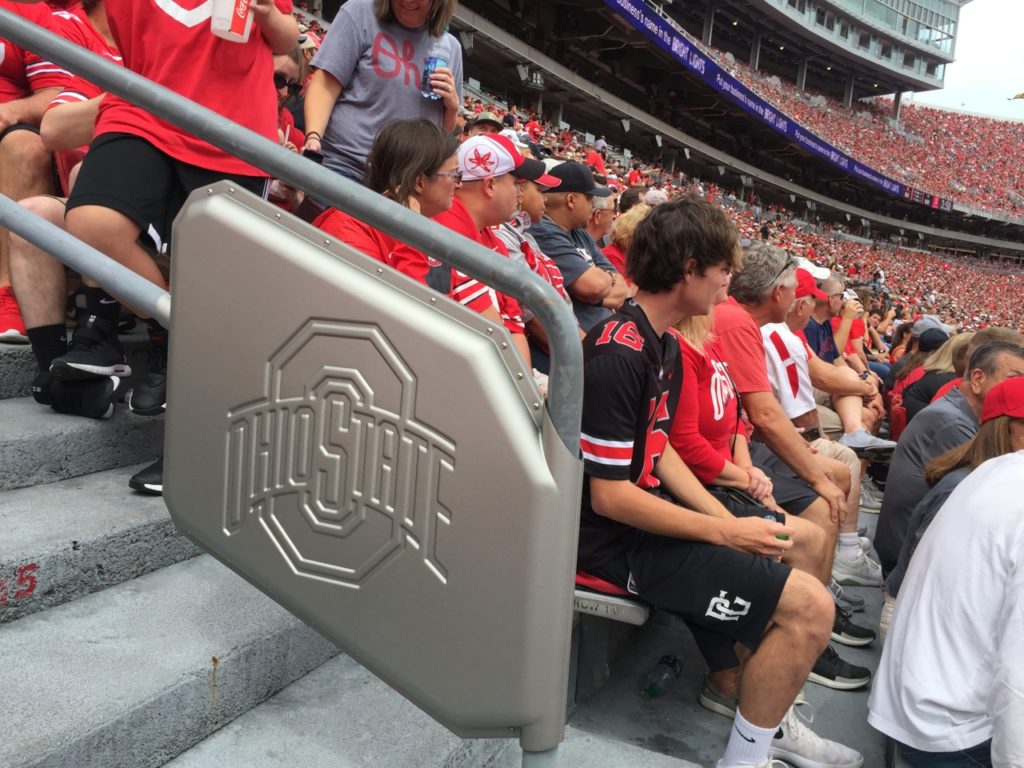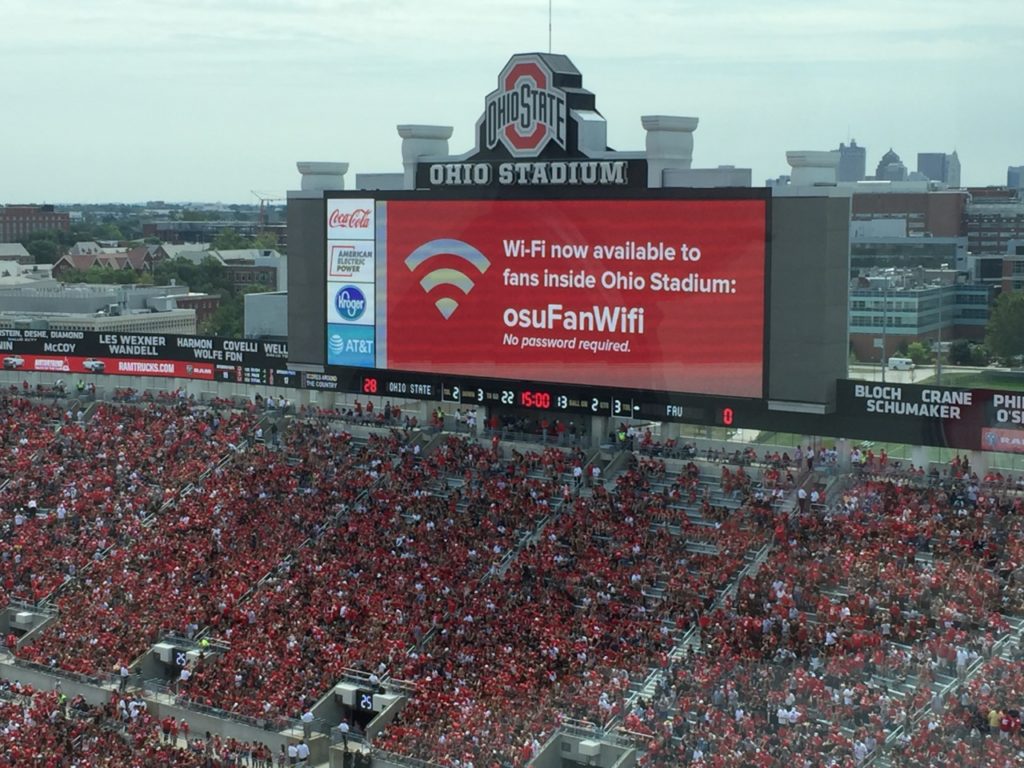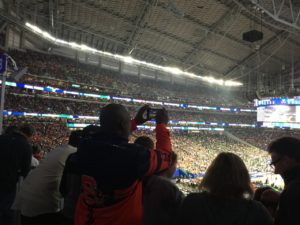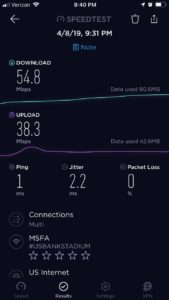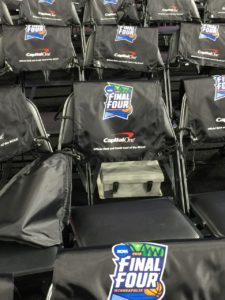MOBILE SPORTS REPORT is pleased to announce the Winter 2019-20 issue of our STADIUM TECH REPORT series, the ONLY in-depth publication created specifically for the stadium technology professional and the stadium technology marketplace.
Our latest issue contains an in-person report on the new Wi-Fi 6 network installed at Gaylord Family-Oklahoma Memorial Stadium, and another in-person visit to see and test the new Wi-Fi network at Florida’s Ben Hill Griffin Stadium, aka “The Swamp.” This issue also has an in-person look at the wireless networks at Milwaukee’s Fiserv Forum and at Chase Center, the new San Francisco home of the Golden State Warriors.
You can READ THE REPORT LIVE right now in our new flip-page format, with no registration required! (Great for tablets and big phone reads!) You can also DOWNLOAD THE REPORT in PDF format as well!
We’d like to take a quick moment to thank our sponsors, which for this issue include Mobilitie, JMA Wireless, Corning, Boingo, MatSing, Cox Business/Hospitality Network, Oberon, and ExteNet Systems. Their generous sponsorship makes it possible for us to offer this content free of charge to our readers. We’d also like to welcome readers from the Inside Towers community, who may have found their way here via our ongoing partnership with the excellent publication Inside Towers. We’d also like to thank the SEAT community for your continued interest and support.
As always, we are here to hear what you have to say: Send me an email to kaps@mobilesportsreport.com and let us know what you think of our STADIUM TECH REPORT series.
